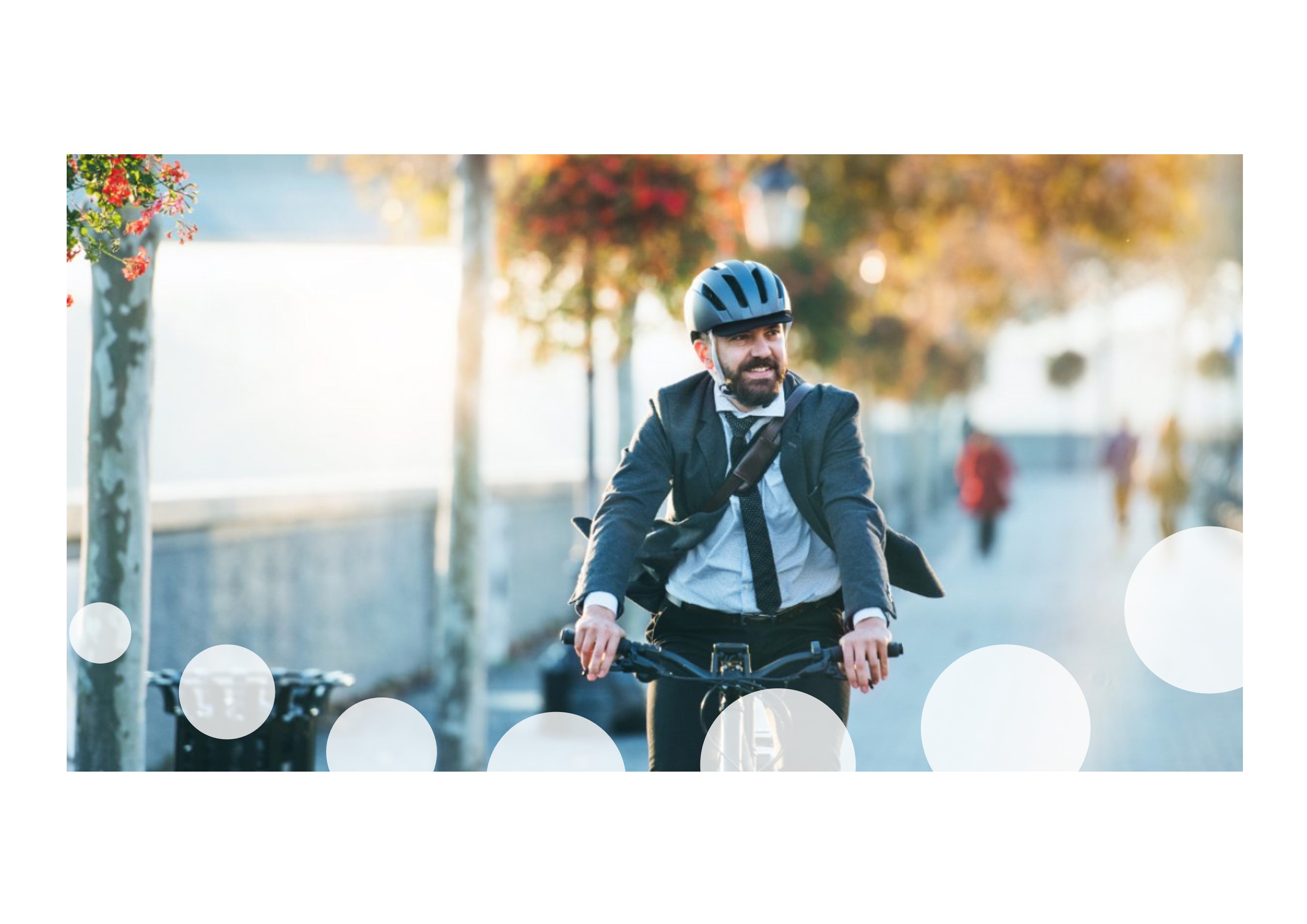Written by Matt Liggins, Active Partnerships National Team
How being active can solve a host of challenges in the workplace.
There’s a well-known quote which I came across again recently from public health specialist, Dr Nick Cavill, who said, “If physical activity was a pill, it would be the most cost-effective drug ever invented.” That might very well be true. Being physically active helps improve overall health and wellbeing on a day to day basis and significantly reduces risks of over twenty long term health conditions.
If there really was a magic pill which could be administered in a thousand different ways to suit the patient and made us feel more energized and awake, helped us sleep better, controlled our weight, improved mood and kept stress levels down we would certainly all be very interested.
I used to use this analogy when I worked for the NHS, asking patients, if there was a pill that did all that, would they take it. And invariably they would, or at least they’d say so. I can’t say the magic pill line actually worked to get patients more active every time, but for a lot of people, being reminded about the benefits and being asked if they wanted some of that for themselves, rather than being told what they ought to be doing, did make a difference.
I found that what worked best was asking people what they wanted and why they wanted it, then helping them come up with their own solution. That solution always involved being more active in some way. So we ended up in the same place, but now physical activity was the solution that solved a problem and made things better, instead of a thing that ought to be done.
Thinking about this in a workplace context, physical activity might be even more valuable and cost effective.
A recent study for AXA PPP from September 2019 measuring the economic benefits of exercise suggests the annual cost to UK business from physically inactive workers is £6.6billion. Costs are associated with ill-health conditions, linked to sickness absence, employee turnover, presenteeism (meaning employees attend work, but are unwell and less productive), accidents, injuries, claims and resulting impact on company profile.
A 2019 report from Rand Europe suggests staff who are physically inactive lose up to four and a half working days per year, almost a whole working week, compared to active individuals, through combined sickness absence and presenteeism.
Looking at the most recent CIPD annual health and wellbeing survey, the top three causes of long-term absence and two of the top three short-term causes are all linked with a lack of physical activity.
I moved on from the NHS into corporate health and wellbeing and was fortunate enough to work directly with hundreds of workplaces across the country and oversee a consultant team working with thousands. And very rarely was physical activity was top of the list. Whether client organisations wanted to address an issue like high absence or were being proactive and preventative to keep staff healthy and happy, the focus was usually on other health areas. Senior staff and managers tended to be most interested in mental health while staff members themselves most engaged when it came to healthy eating. Everyone loves talking about food!
Coming back to the magic pill, presenting a solution to workplace client organisations which reduces absences, reduces presenteeism, reduces stress, improves mental health, improves teamworking and morale, overcomes the harmful effects of sedentary working, improves the health and wellbeing of staff and gives the company a positive image definitely helps to change perceptions. And again, when asking client organisations what they actually wanted and why they wanted it, encouraging them to think in outcomes and what difference they were hoping to see, physical activity often became the solution, or at least a big part of it.
When working with individual patients, physical activity did not mean running marathons in spandex. In the same way, building physical activity into workplace culture definitely does not mean all staff swimming to work, paragliding onto the office roof, abseiling down the building, through the window and onto a Swiss ball and maintaining perfect posture all day. There does not need to be a gym in the building or two-hour lunch breaks for all staff to play sport. Physical activity is flexible. The most effective approach is one that gives staff options to be active as part of their day that might include active travel, moving away from workstations a bit more and having standing meetings, then signposting and supporting staff to exercise or play sport when they want to.
Active workplaces tend to be healthier, happier and more productive, with less stress, lower absence and better performance. So while physical activity might not always be at the front of mind for people or workplaces, it can play a big role in providing the solution that gets them what they want. Unfortunately, there is no magic pill for our health and wellbeing or for the workplace, but being a bit more active comes pretty close.
Workplace Movement
Active Partnerships have recently launched Workplace Movement to provide forward thinking for active workplaces. Our new service is designed to help organisations see the benefits of active working, improve staff health and wellbeing and reduce stress. We have included everything a workplace needs to get moving in the right direction. Workplace Movement includes an online benchmarking tool which provides assessment of current practice and recommendations to make improvements, a staff wellbeing survey platform, resource library to help build a healthy workplace culture and activity tracking challenge to engage staff and boost morale, plus a range of on-site training courses. Please visit www.workplacemovement.co.uk or contact mliggins@activepartnerships.org.uk for more information.


